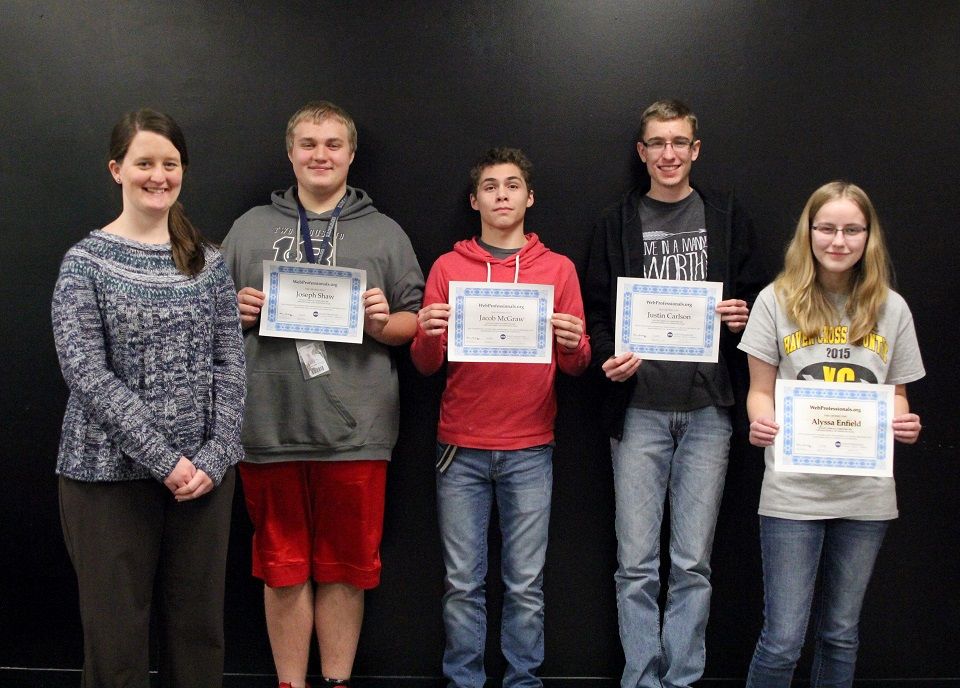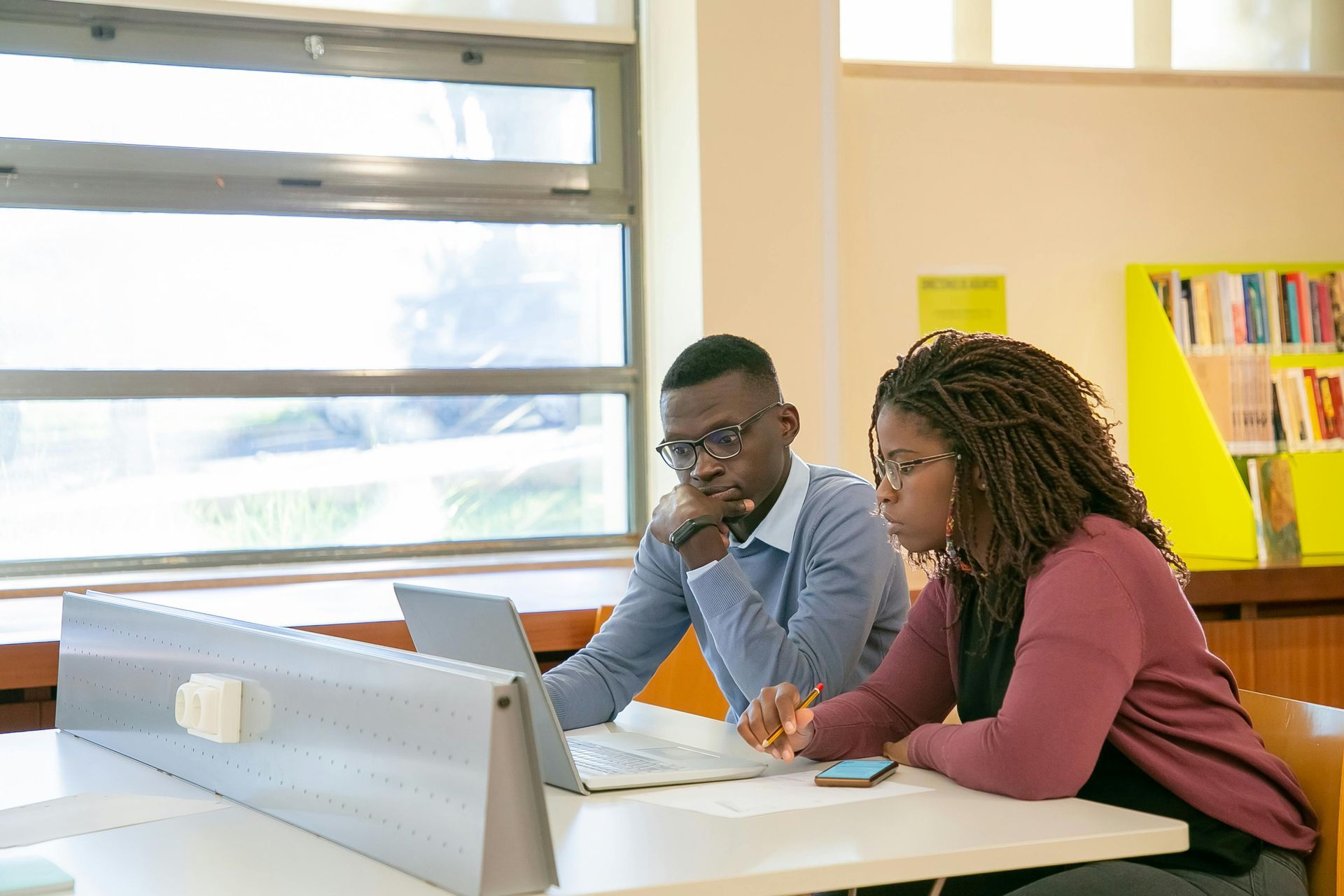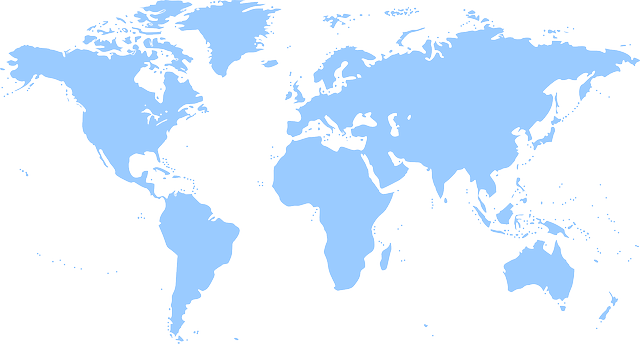Blog
Q&A With Web Design and Remote Working Professional Certifications Recipient
We spoke with Angelica, who completed the Intro to Web Design course and certification as well as the Remote Working Professional course and certification. Angelica talks about how taking the courses and earning her certifications has positioned her to prepare for the next stages of her career.
What did you like about the courses?
I loved that each of the courses tied in real-life examples and expertise from industry workers. It made my career transition so much smoother and I felt much more prepared for the interviews to follow! The web design course was very hands-on, which complimented my learning style. Both the web design course and remote worker course included multiple methods of learning for individuals to make sure auditory learners could listen, visual learners could visualize, and hands-on workers could get their hands on some real-life examples and practice while following along.
How did the two courses complement each other?
The two courses in conjunction with each other really sets you up for success and prepares you for an independent career in web design. I think for me personally the web design course taught me the fundamentals and technical skills for the web design industry while the remote worker course prepared me for the materials, expectations, organization, and overall standard practices for remote web designers entering a remote workforce.
After applying and interviewing multiple places prior to obtaining these certifications, I quickly realized that many employers want you to have industry experience. But how can you obtain industry experience if the entry-level positions are requiring industry experience before they will hire you? Sure you can watch several YouTube videos and take their so-called “certifications” or coursework, but they don’t hold you accountable or provide you with industry experience. The web design course is different from these types of certifications because it will actually guide you as you build up a portfolio along the way with real samples of your work to show your future employers. It prepares you with legitimate industry experience that you can utilize to prove to future employers that you have the expertise they are looking for.
Then, you can set yourself apart and really sparkle in the interview by pairing it with the remote worker certification. Many employers want their employees to jump in with both feet and hit the ground running because it means less time training and more time spent on projects they need completed. To do this, you will need to be able to prove to them that you are capable of running an independent operation on your own, essentially saying that not only are you able to work remotely from home, but thrive while doing it.
What attracted you to web design? How did you decide on a niche?
I have always had a passion for creativity, art and design, but up until recently did not know which direction I wanted to go with it. In high school, my computer teacher created an entire class just for my sister and I to work on art projects, logos, murals, and designs for the school. She really sparked my fire for computers and design, but unfortunately halfway through highschool, my family moved and I transferred to a new school with no computer program and no room in my schedule for an art elective.
I was pretty lost for quite some time after high school and originally went to college for business. I quickly realized that I was severely lacking creative freedoms. While in college, I was working for a movie theater as an assistant manager. I loved it because I was trusted to be independent, led a team of individuals, and had the opportunity to creatively problem-solve. I thought to myself, I’ve been here the past four and a half years, so maybe I will just settle and make this my career. So I began pursuing a promotion up until last year. As you can imagine, COVID severely impacted the world in 2020, and unfortunately that includes movie theaters. I feared for my future and asked myself what I was truly passionate about. I began to do quite a bit of soul-searching, personality assessments and career counseling—you name it, I did it. It was then that I remembered what it felt like to have that true creative freedom like I did back in high school and I began searching for careers for creative individuals. During this search I stumbled upon web design, and when researching how to get into the industry I found CTe Learning’s Web Design Apprentice certification course. I lit up with excitement and enrolled the very same week.
A year ago, I wouldn’t have believed you if you told me I would have confidently decided upon a career, obtained a certification in its industry, and better yet, specified the niche I would be pursuing. I had always been so incredibly indecisive that I felt like I was Barry Benson from the “Bee Movie,” where he watches a board of jobs flashing before his eyes and is expected to pick just one for the rest of his life. It was beyond daunting to even think about, let alone to hone in on a specific niche within that career. So, what is my niche and how did I decide to focus on it? Similarly to how I stumbled upon web design, real estate and investing sort of fell into my lap. My husband would watch YouTube videos of real estate investors and financial planners and I began to watch them with him. I got so into it that I started listening to real estate podcasts, reading investing books, joining Facebook groups, etc.
So how does this tie in with my passion for web design? Well, I am currently interning with a real estate investor as his marketing and web design assistant. I realized what a beautiful merge of my two passion topics it was and began thinking of ways to eventually start my own business. I decided that I wanted to market my skills to real estate agents looking for personal websites and real estate investors who need a website to market to potential investors.
What do you like about working from home?
First of all, I LOVE the fact that I get to spend so much time with my two golden retrievers, Bear and Honey. They provide so much comfort and support during a stressful day and I love being able to have them by my side while I work. I get so much time to take them on walks now and work on training them as they’re both still puppies. I also love not having to commute to a physical building. I feel like so much of my day is wasted when I drive—unlike when I wake up, get ready (while mentally preparing for work), and sit down ready to go. I also love being in charge of my own schedule and separating out time blocks to create a beautiful work-life balance. It allows me to work really hard or really deep for a certain amount of time because I love getting things done early so I can spend the rest of the day taking my goldens out for walks, running errands, exercising, and all the other things I wouldn’t normally get to do at an office.
How has remote work shifted your perspective in terms of clients?
I haven’t started working with clients yet, however, I have already experienced the limitless potential of remote work in terms of connectivity. I have connected and met with more people working remotely than I have ever before. I think because of COVID, many people and their mindsets surrounding technology shifted in order to continue to network, engage with new clients, and stay connected. Having the opportunity to work remotely means that I have as much access to Jill from next door as I do with Mahali from Ethiopia. The client potential is limitless!
What did you like about the interview section of the remote worker course? Did it help improve your confidence in interviewing?
I would say my favorite part of the Remote Working Professional course was the interview section. Please TAKE NOTES in this section, it is pure gold! Not only did it prepare me for my web design interview, but my interviewers actually stopped several times to say how amazing my responses were because they felt that I had researched how to answer their questions perfectly. They were so incredibly impressed and my confidence skyrocketed. This section really made me think about how I would specifically answer their questions and how I could create a lasting impression, and it did just that.
To learn more about the Remote Working Professional Course, click here .
The post Q&A With Web Design and Remote Working Professional Certifications Recipient appeared first on CTeLearning.
Share To
Get in touch with us today!
You can book a demo directly using Calendly, call us directly at 913-764-4272 or 877-828-1216, or submit the form and we will reach out to you.
We look forward to helping you and your students.

Most Recent Posts




